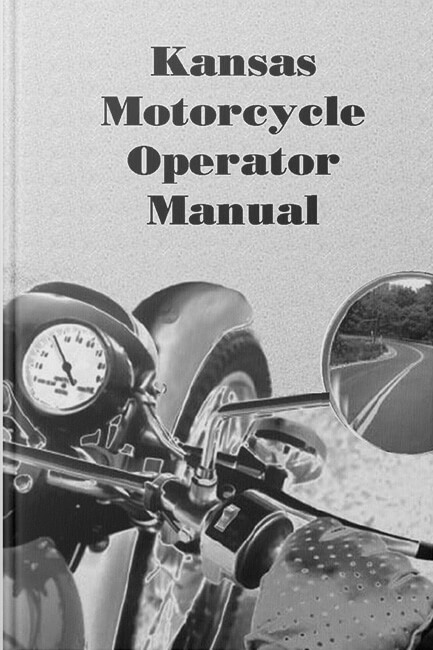Kansas Motorcycle Manual Driver's Manual
To make studying easier, the Kansas DMV handbook 2025 edition is available in multiple languages and comes with an audio version. Get interactive support with our AI assistant to clarify any complex terms.
Kansas Motorcycle Manual Online 2025
Even though motorcycles represent only 4% of vehicles on Kansas roadways, they are involved in at least 11% of all accidents.
Motorcyclists are 32% more likely to be killed in a collision than drivers of passenger vehicles. The outlook seems scary for prospective motorcyclists, but the Kansas Department of Motor Vehicles, in collaboration with the Motorcycle Safety Foundation has developed an important resource for riders – the Kansas Motorcycle Operator Manual.
The Motorcycle Operator Manual
The Kansas Motorcycle Operator Manual is the basis for the motorcycle knowledge test, which all applicants must pass if they wish to obtain their motorcycle license. The Manual discusses all sorts of important skills and safety information, which responsible riders will need to know well. It’s available as a free PDF download below, or as a hard copy at your local Kansas DMV office. It’s required reading for experts and learners alike!
Getting the Right Gear
The type of gear you wear can be crucial in protecting you should you be involved in a crash. Experts recommend that riders wear an approved helmet, face/eye protection and protective clothing.
Unfortunately, motorcycle crashes are common, especially for riders who are just beginning. Stats indicate that riders wearing helmets are three times more likely to survive head injuries than those who choose not to wear helmets. Even though Kansas traffic law does not require riders over 18 to wear a helmet, it’s still a highly recommended practice!
SEE & Be Seen
Expert riders are constantly aware of the road conditions and motorists around them. SEE is a three-step strategy to help riders make good judgments and execute them correctly:
- Search – Search for things like oncoming traffic; traffic from the right/left; traffic from behind; and hazardous road conditions.
- Evaluate – Anticipate possible obstacles and reduce risks, such as road/surface characteristics; traffic control devices; and vehicles and other traffic.
- Execute – Carry out your decision, ensuring that you create more space between your vehicle and others. Also, minimize harm through: communicating your presence to other motorists; adjusting your speed; or adjusting your position.
Being seen, or increasing conspicuity, is an important task for motorcyclists. In accident situations, many drivers of four-wheeled vehicles say that they didn’t see the motorcycle. Responsible riders must consider the following, to increase the chances that they will be seen:
- Reflective/bright-colored clothing
- Using the headlight at all times
- Signalling correctly
- Flashing the brake light
- Using the mirrors
- Performing frequent head checks
- Using the horn appropriately
- Being cautious when riding at night
All these safety tips and more are available in the Kansas Motorcycle Operator’s Manual below, so get started by studying it!
